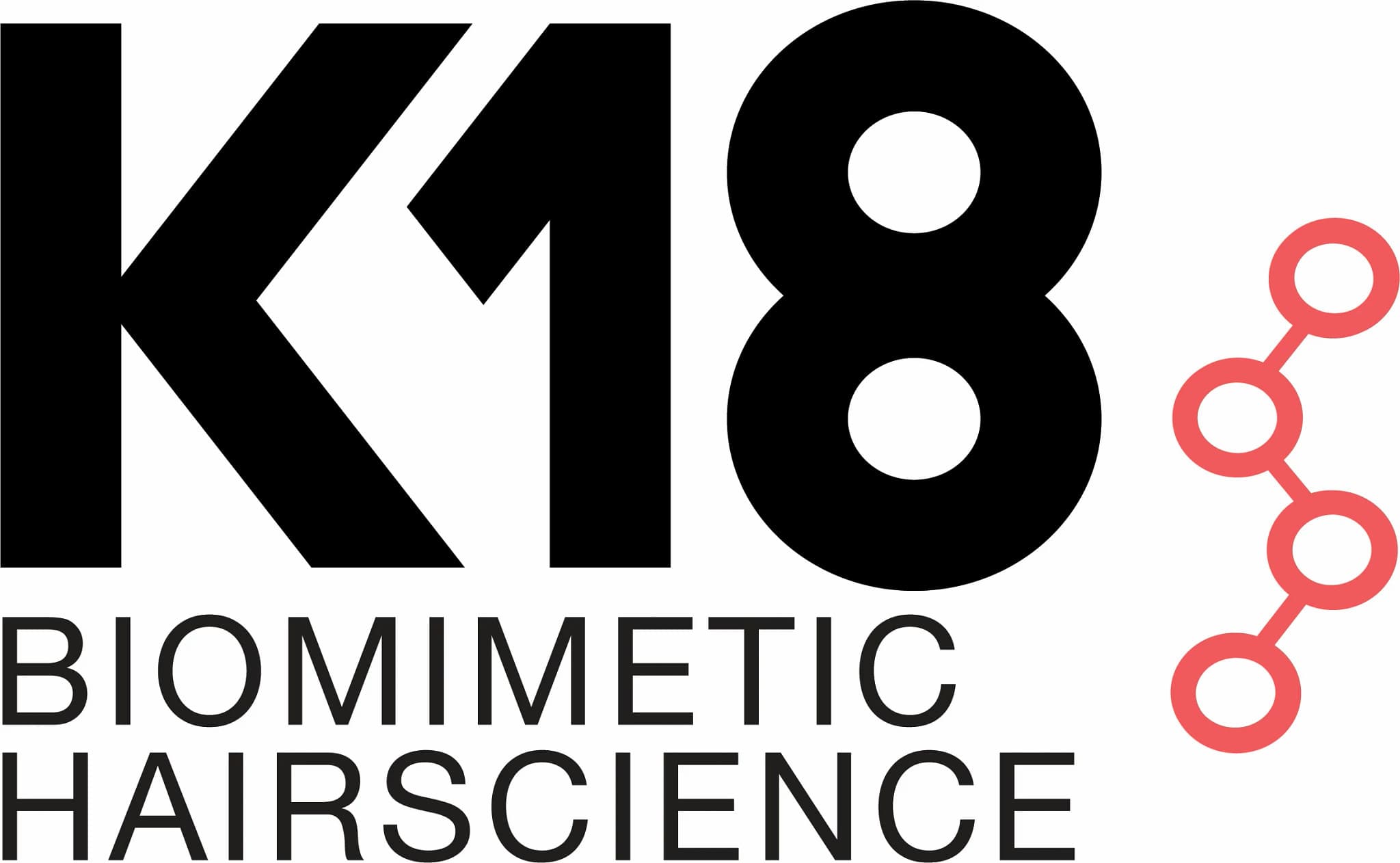Table Of Content

Another concern related to 3D ultrasounds is the potential for increased radiation exposure. However, the amount of radiation used in 3D ultrasounds is considered to be very low and is not believed to pose a significant risk to either the mother or fetus. As a dynamic husband and wife duo behind Curl Centric, our passion for curly hair has fueled a transformative journey. Co-founder of Curl Centric® and Natural Hair Box, Kenneth has dedicated himself to promoting ethical and scientifically-backed hair care practices. Rigorous editorial guidelines, industry recognitions, and features in numerous media outlets evidence his expertise.
How Often the Test Is Done During Your Pregnancy
However, it may not be visible on an ultrasound until later in the pregnancy when the baby’s hair is longer and thicker. The quality of the ultrasound image can also affect the visibility of the baby’s hair. Overall, while it is possible to see hair on a 3D ultrasound, it may not always be clear or visible, especially in premature babies. It is important to remember that the purpose of a 3D ultrasound is not to determine the amount of hair on a baby’s head, but rather to monitor the baby’s growth and development.
Can You Take An Epsom Salt Bath While Pregnant?
While the HDLive 3D ultrasound and 4D ultrasound technologies do not display “stands” of hair, the renderings may indicate that the baby has hair since contours on the baby indicate hair. Seeing the live clip of your unborn baby seems like a satisfying experience, and many parents would opt for it if they could afford it. They’re known to give a more transparent and realistic image of a baby, but they do not show any appearance of hair.
TikToker Shares "Horrifying” Results of Ultrasound That Revealed 2-Year Growth in Uterus - Distractify
TikToker Shares "Horrifying” Results of Ultrasound That Revealed 2-Year Growth in Uterus.
Posted: Thu, 13 Apr 2023 07:00:00 GMT [source]
So, You’ve Seen Lots of Hair on Ultrasound? Let’s Dive In! 🧐👶
The ultrasound technician will use a transducer to send sound waves into the uterus that create an image of the baby on a monitor. These can be used to monitor fetal growth or check for any abnormalities that may have arisen since the first ultrasound. A second ultrasound usually happens between weeks, but it can vary depending on individual circumstances and doctor’s orders. Overall, the purpose of 3D ultrasounds is to provide healthcare providers with a more detailed view of the developing fetus and to help diagnose and treat any potential issues. While they can be an exciting experience for expectant parents, it’s important to remember that they are a medical procedure and should be used only when necessary.
Hair Growth During Pregnancy

Kenneth’s commitment to transparency, quality, and empowerment has positioned him as a trusted voice in the field, empowering readers to confidently embrace their natural beauty. Conversely, pregnant women who didn’t have heartburn during pregnancy mostly gave birth to bald babies. Recent studies have shown that expecting mothers who reported having significant heartburn have a much greater chance of delivering a baby with hair.
Medical Review Policy
Newborns with lighter skin often have less hair at birth than newborns with darker complexions. Occasionally, usually with pre-term births, the baby will be born with lanugo still covering parts of their body. While ultrasounds might hint at whether or not your baby will be born with hair, you won’t know for sure until the delivery.
4D ultrasound is an advanced technology that allows doctors and parents to see a three-dimensional image of the baby in real-time. The fourth dimension is time, which means that the image is moving, and parents can see their baby’s movements and facial expressions. One common feature of ultrasound images is the presence of a fuzzy halo around objects.
Hair on Ultrasound vs. Birth
A 3D Printed Ultrasound Allowed This Blind Mother to Meet Her Son - Brit + Co
A 3D Printed Ultrasound Allowed This Blind Mother to Meet Her Son.
Posted: Sun, 10 May 2015 07:00:00 GMT [source]
In conclusion, 4D ultrasound, including HDlive 3D ultrasound, is an advanced technology that provides parents with a unique opportunity to see their baby in real-time. It can help detect potential problems with the baby’s development and allow parents to bond with their baby before it is born. A 5D ultrasound generates highly detailed and realistic images of the fetus in the womb. These images can vary in appearance, depending on the position of the fetus, the level of amniotic fluid, and other factors.
If my baby is hairy in the womb, will that cause me heartburn?
Ultrasound can detect the presence of a cyst and determine its size and location. Malignant tumors are cancerous and can spread to other parts of the body. Ultrasound can detect the presence of a tumor and determine its size and location. The amount of hair a baby has at birth is not an indication of how much hair they will have later in life. We respect everyone’s right to express their thoughts and opinions as long as they remain respectful of other community members, and meet What to Expect’s Terms of Use.
Some parents ask how to tell if baby has hair on 3d ultrasound to get a clearer picture of their baby in their minds. Remember that the amount of hair at birth is not a reliable indicator of future hair growth or characteristics. Hair development in the womb is a complex process, and the timing of hair growth can vary among babies. The color and texture of true baby hair can also change as the child grows. Lanugo is a very fine, soft, and downy type of hair that covers the body of a developing fetus. Eating foods that increase the production of estrogen in the body during pregnancy can positively impact hair growth.
3D ultrasound is a medical imaging technique that generates three-dimensional images of the fetus in the womb. Unlike traditional 2D ultrasound, which produces flat, two-dimensional images, 3D ultrasound uses sound waves to create a three-dimensional image of the fetus in the womb. Before discussing whether hair is visible on a 3D ultrasound, it’s important to understand how this technology works. Unlike traditional 2D ultrasounds, which provide a flat image of the baby, 3D ultrasounds use sound waves to create a three-dimensional image of the baby. 3D ultrasound images provide a more detailed picture of the fetus than traditional 2D ultrasounds.
Eating a diet rich in proteins, vitamins A and D, omega-3 fatty acids, iron, and zinc is essential for both mother and baby’s health. In order to try and determine whether or not there is hair present, technicians must look closely at the specific area where the baby’s head will be located during the scan. The technician should also use special techniques such as contrast imaging, Doppler flow mapping, and 3D imaging. These methods can help increase visibility and make it easier for them to spot any signs of potential hair growth.
Plus, the images can help doctors spot a problem with your baby and make it easier for them to explain it to you. There are a few potential reasons why some babies may be born without hair. If either parent has a history of baldness or thinning hair, the baby may be more likely to be born without much hair. However, ultrasounds can still be useful in determining whether or not a baby has any visible hair during the scan.
Lanugo typically falls out in the third trimester, shortly before birth. Seeing hair on an ultrasound doesn’t necessarily mean your baby will be born with a head full of hair. 2D ultrasounds1 are the standard for checking the growth and health of a developing baby. They emit soundwaves, which bounce off of various structures within the body. In other words, this imaging technology should only be used for medical purposes. Ultrasounds have moved beyond the grainy, indecipherable images of the past.
While 3D ultrasounds provide a more detailed view of the baby’s features, it’s important to note that hair may not always be visible. Hair is typically visible on a 3D ultrasound after 25 weeks of gestation. Overall, a 5D ultrasound is a safe and non-invasive procedure that allows healthcare professionals and parents to obtain a more detailed and lifelike view of the developing fetus in the womb. In summary, healthcare providers should follow professional guidelines and recommendations when considering a 3D ultrasound for their patients. The procedure should only be performed when there is a medical indication, by qualified healthcare professionals using properly maintained equipment. In summary, ultrasound technology has advanced significantly over the years, and there are several types of ultrasound scans available today.
Overall, it’s important for expecting parents to have realistic expectations when it comes to what they will be able to see on a 3D ultrasound. While these images can provide a more detailed look at an unborn baby, there are limitations to what can be seen. Ultrasounds are widely used in medical imaging to produce images of internal organs, tissues, and structures. However, the accuracy of ultrasound imaging can be affected by various factors, including the amount of body fat present in the patient. The ultrasound machine sends high-frequency sound waves into the body, which bounce back off the fetus and surrounding tissues to create an image. The sound waves are then converted into a three-dimensional image by a computer, which can be viewed on a monitor.















